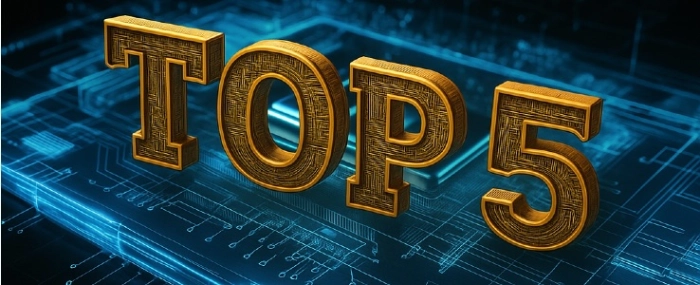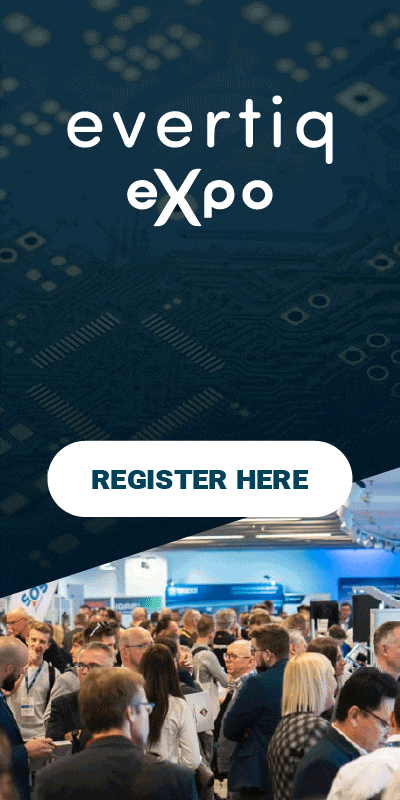
5 promising technologies: directions shaping the future of industry
The European technology sector is currently undergoing a profound transformation. Changes in global supply chains, public investments, and the growing role of industrial innovation are making advanced technologies one of the cornerstones of regional economic development strategies.
Five areas stand out for their high growth potential – from photonics and quantum technologies to embedded systems, next-generation semiconductors, and dual-use technologies. Each combines a strong research foundation with an increasing number of commercial applications.
Poland serves as an example of a market that, in a short time, has built a solid competence base in these fields. However, it is worth asking: do the trends observed in other European and global markets align with what we see in Poland? Are development directions consistent, or do they reveal local specialisations and strategic differences?
Evertiq presents an overview prepared especially for Evertiq Expo in Warsaw, in collaboration with Maciej J. Nowakowski, Chief Operating Officer of the Polish Photonics Technology Platform.
1. Photonics – a mature technology with European potential
Photonics is one of the most stable and promising segments of advanced technologies in Europe. It encompasses both component manufacturing (lasers, optical fibers, sensors) and applications in industry, medicine, and defence. In Poland, this sector has gained particular momentum thanks to active clusters and university-industry collaboration, but similar trends are also visible in France, Germany, and the Netherlands.
A common challenge across Europe remains the need to increase autonomy in designing and producing photonics components.
2. Quantum Technologies – between theory and practice
Quantum technologies are strategically important but vary in maturity. European projects under the Quantum Flagship initiative focus on fundamental research, prototyping, and the development of quantum communication. In Poland – as in Austria, Germany, and Finland – research teams are emerging that combine the expertise of physicists, engineers, and IT specialists.
The key question remains: how quickly will these projects translate into industrial applications, and can Europe maintain its pace in the global race with the U.S. and China?
3. Embedded Systems and the Internet of Things – integrating hardware and software
The increasing complexity of electronic devices and the growth of IoT solutions make hardware-software integration one of the industry’s key challenges. Across Europe, from Scandinavia to Central Europe, more companies are designing embedded systems for industries such as transportation, energy, and healthcare.
In Poland, strong engineering resources and a large pool of software developers support this development. However, the question of whether local companies can compete at the level of system architecture design is no longer only relevant to Poland – it concerns Europe as a whole.
4. Next-generation semiconductors and materials – in the shadow of the European Chip Act
The European Chip Act has become a benchmark for countries building their own semiconductor production and research capabilities. Attention has focused on next-generation materials, such as GaN (gallium nitride) and SiC (silicon carbide), crucial for energy-efficient power electronics.
In Poland, as well as in the Czech Republic, Germany, and Italy, centres are emerging that specialise in testing and prototyping components based on these materials. While Europe may not become fully self-sufficient in mass chip production, it can strengthen its position in specialised and niche segments.
5. Defence and dual-use technologies – between necessity and innovation
Rising geopolitical tensions are making defence and dual-use technologies one of the main drivers of public investment. Many companies across Europe are diversifying their activities, combining civil and military projects – from optoelectronic systems to communication solutions and sensors.
Poland, like the Baltic countries, sees this not only as a necessity but also as an opportunity to develop industry and secure stable innovation funding.
Trends uniting markets
Analysing these five areas shows a clear alignment between Poland’s development directions and European and global trends. Three factors remain central: the integration of science and industry, the increasing importance of high-value materials and components, and a turn toward technologies that combine civilian and strategic applications.
In the coming weeks, Evertiq will publish a detailed report summarising a conversation between Ewelina Bednarz and Maciej J. Nowakowski, Chief Operating Officer of the Polish Photonics Technology Platform. The report will provide an extended analysis of these sectors and their potential within the European and global context. The next edition of Evertiq Expo in Warsaw will take place on 22 October 2026.

